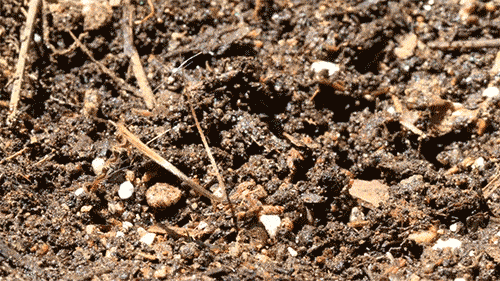The Stork’s Bill (Erodium circutarium) is a incredible plant which evolved its own seed drilling mechanism. The vitamin K rich seeds have little tails that coil and uncoil with changes in humidity, burying the seed. When there’s high humidity, the seeds turn clockwise. When it’s dry, they turn counter-clockwise. This makes it particularly brilliant since no matter how wet it is outside, the seeds will still drill in the ground like a screw, thereby increasing the chance of sprouting.
A native to the Mediterranean, the Stork’s Bill was brought to the Americas by Spaniards. Now it’s naturalized throughout North America, in northern states and Canada. It’s an annual. In southern and southwest states, a biennial. It’s fame doesn’t stop at drilling seeds, however. It’s been consumed for hundreds of years by at least three Indians tribes which included it into their diet: the Blackfeet, Shoshone and Digger Indians. Besides people, the plant is a dietary favorite for cattle, sheep and goats, upland game birds, songbirds, and small rodents including kangaroo rats. Also, the entire plant can be used as a green dye and does not need a mordant to set the color.
Of course, it’s the Stork’s Bill uncanny planting mechanism that makes this little flower truly unique. For instance, the tails of the seeds are so reliable that some people use them as hygrometers and as weather indicator to measure humidity.
via This is Colossal












